With aperture and ISO sensitivity, the shutter speed is one of three settings that control exposure.
Having good control of this setting is essential for taking properly exposed pictures. But that’s not all! It’s also a great gateway to creative photography.
In this article, we will see what the shutter speed is, how it is measured and what are the standard values. Then, with concrete examples, we will see how it affects exposure and the perception of movement.
What is Shutter Speed in Photography
Table of Contents
After crossing the lens, the light continues to a mechanism positioned just in front of the sensor: the shutter.
In normal times, the shutter is closed. It opens only at the time of shooting to let in the light that will expose the sensor and allow the formation of the image.
By analogy, we can compare the shutter to the shutters of a house. When the shutters are open, the light goes inside the house. When they are closed, the light does not fit.
The shutter is composed of two curtains containing several moving slats. When the shutter button is pressed, the first curtain opens, allowing the sensor to be exposed to light. The second curtain then covers the sensor to end the exposure.
More and more often, the mechanical shutter is now replaced by an electronic shutter. In this case, there is no curtain positioned in front of the sensor. Everything happens at the sensor that you can “activate” or “disable”. When the shutter button is pressed, the sensor is activated so that it can receive the light needed for exposure.
Shutter Speed, Exposure Time
The shutter speed is the length of time the shutter stays open to let light through.
Even if it is commonly used, the term “shutter speed” is rather imprecise because it does not speed but a duration!
Moreover, the speed at which the curtains move does not vary if you change this setting. What changes is the time during which the sensor is exposed?
We also talk about exposure time or duration of exposure to say the same thing. These terms are often more meaningful because they express a duration. In the rest of the article, I will use one or another of these terms indiscriminately.
So do not be surprised ?
By adjusting the shutter speed, it is possible to measure the amount of light reaching the sensor.
- With slow speed, the shutter stays open for a long time and the sensor receives a significant amount of light.
- With fast speed, the shutter remains open for a short time and the sensor receives a small amount of light.
To understand how the shutter works, I suggest you watch the video below. You will be able to observe the movement of the two curtains and the exposure of the sensor with different shutter speeds.
[youtube https://www.youtube.com/watch?v=-isRz54C_vY]Note: the mechanism that lifts just before the shutter opens is the mirror. It makes it possible to aim at SLR cameras.
How is the shutter speed measured?
Shutter speed is measured in fractions of seconds (or in seconds for very slow speeds).
For example, a speed of 1/100 corresponds to 1/100 s or 0.01 seconds. A speed of 1/1000 corresponds to 1/1000 s or 0.001 seconds.
The standard values for expressing speed are (from the fastest to the slowest):
1/8000 s – 1/4000 s – 1/2000 s – 1/1000 s – 1/500 s – 1/250 s – 1/125 s – 1/60 s – 1/30 s – 1/15 s – 1/8 s – 1 / 4s – 1/2 s – 1 s – 2 s – 4 s – 8 s – 15 s – 30 s
Each time we go from one speed to another, we multiply or halve the exposure time and therefore the amount of light that hits the sensor.
For example, at 1/500 s the sensor receives twice as much light as 1/1000 s. At 1/500 s the sensor receives half as much light as 1/250 s.
As for opening the diaphragm, it is possible to choose intermediate speeds on most current cameras: 1/400 s – 1/80 s – 3 s … These settings allow to precisely adjust the amount of light that reaches the sensor.
If you want to use a shutter speed slower than 30 seconds, two settings are available (depending on the camera):
- The bulb (Bulb): The shutter remains open as long as the photographer presses the shutter button
- The pose T (Time): The shutter opens when the photographer presses the shutter then closes when pressed again.
Finally, you should know that cameras equipped with a mechanical shutter are generally limited to speeds of 1/4000 s or 1/8000 s (for high-end devices). On the other hand, if your case has an electronic shutter, you will be able to use even faster shutter speeds like 1/16000 s or 1/32000 s, for example.
In summary :
- Fast speed (1/1000 s) = shutter open shortly = little light
- Slow speed (1 s) = shutter open long = a lot of light
Shutter Speed and Exposure
Now that you know the theory, we can go to practice! We will see how, by varying the shutter speed, the exposure of a photo changes.
For the series of photos below, I changed the shutter speed – and only the speed – after taking the first picture at 1/250 s.
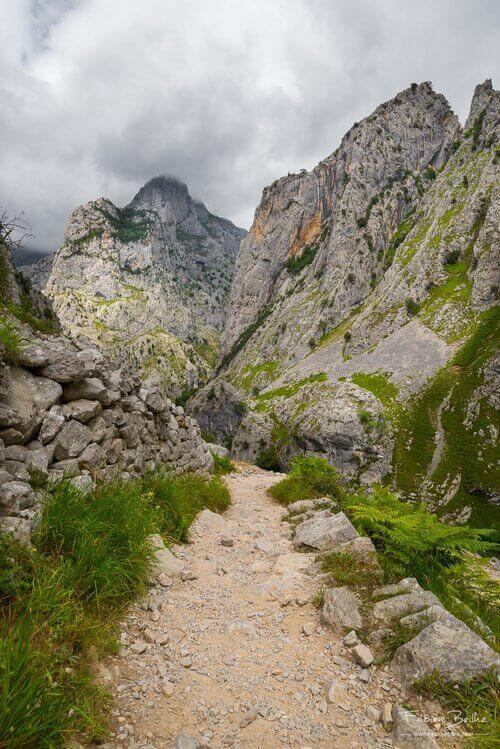
If I now use a speed of 1/125 s, the sensor is exposed twice as long . You can notice in the following photo that this change has a direct impact. The image becomes clearer because the sensor has received more light.
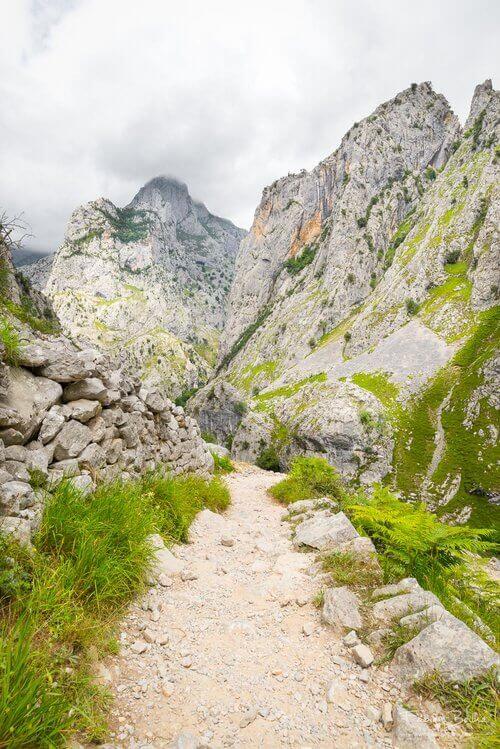
If now, I use a speed of 1/500 s, look at the result on the picture below. As the sensor is exposed to light for half the time (with a speed of 1/250 s), my picture becomes logically darker.
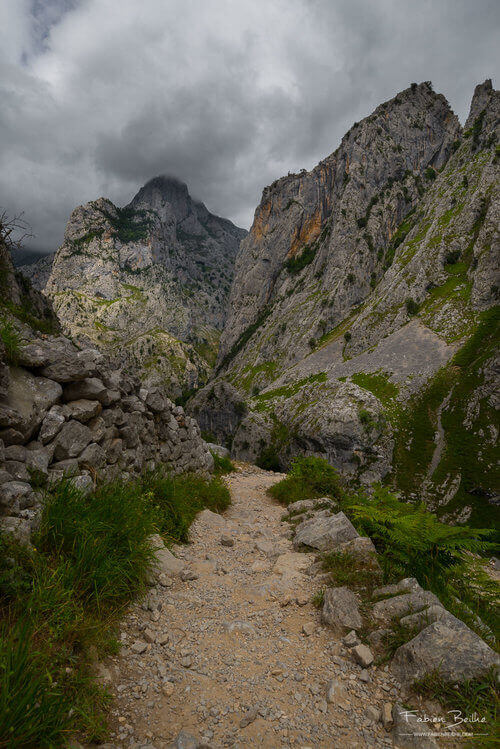
With the shutter speed, you have a lever to adjust the exposure of your photos.
- When light is abundant, you can use fast shutter speed to avoid overexposing your photo.
- When the light is running out, you can use slow shutter speed to avoid underexposing.
Shutter Speed and Motion
We will now see that the shutter speed is not limited to controlling the amount of light that hits the sensor. Speed can also strongly influence our perception of movement.
The choice of one speed rather than another is therefore not random when it comes to photographing a moving subject. Two possibilities are offered to the photographer:
- Retranscribe the movement with a slow speed
- Freeze movement with fast speed
To understand these concepts, I suggest you look at two examples with very different shutter speeds.
In the photo below, my goal was to freeze the movement of a Great Egret flying. When you want to photograph birds in flight, you often need a very fast shutter speed. Thanks to a speed of 1/2500 s, I could literally catch the bird in full flight.
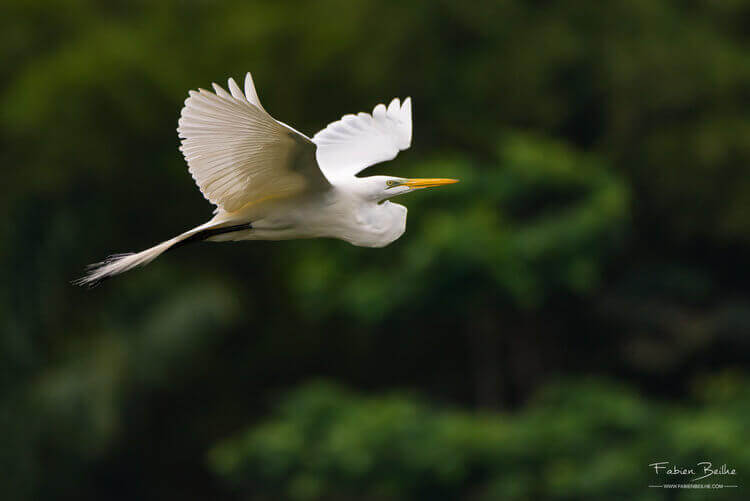
For the photo below, my intention was completely different. This time, I did not try to freeze the movement. On the contrary, I wanted to record the movement of waterfalls by performing a long exposure. With an exposure time of
10 s, I was able to achieve a spinning effect with water cascades.
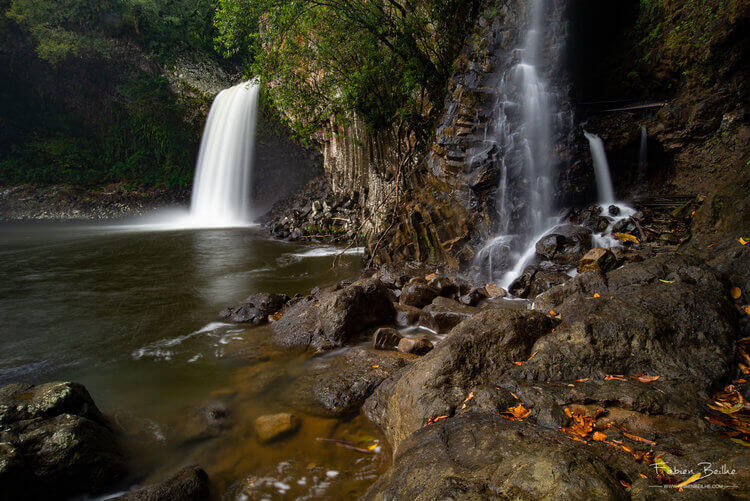
The shutter speed is a great tool that offers huge creative possibilities. By using fast or slow shutter speeds, you can play with the movement and leave a different impression on the viewer.
Fast shutter speed is often useful in wildlife photography when the action is running at full speed. For example, if you want to freeze the movement of a bird in flight or an animal running.
A slow shutter speed gives excellent results for photographing landscapes with water. Experience a waterfall, a river, the movement of waves by the sea, etc. The effect is generally guaranteed!
Now that you know the impact of the shutter speed on the subject’s movement, we can complete our previous synthesis:
In summary :
- Fast speed (1/1000 s) = shutter open shortly = little light = motion frozen
- Slow speed (1 s) = shutter open long = a lot of light = movement recorded
Conclusion
You should now have understood what the shutter speed is (hopefully ?) and what is its impact on the subject’s exposure and movement.
The best way to fully understand this setting is to use your camera with the priority mode. Test different speeds on a moving subject and let your creative mind speak! Digital offers the opportunity to try again and again …
If you have questions, feel free to leave a comment. And if the article helped you share it around you ?
